________________________________________________________________________________
Ford 1210 Troubleshooting
Ford 1210 Engine Troubleshooting
Engine hard to start or will not start: Fuel filter plugged. Install new filter element. Air in the fuel lines. Bleed the fuel lines. Fuel injection nozzles are clogged or faulty. If necessary, replace with a new nozzle. Faulty fuel injection pump. Replacement or repair required.
Engine stalls after running: Wrong setting of fuel injection pump timing. Set the fuel pump timing correctly. Fuel filter element clogging. Service the filter. Engine not warmed up. Warm up to required temperature.
Diesel starts and stalls immediately: Fuel filter element clogging. Change the filter element. Faulty fuel injection pump. Replace injection pump or repair it. Air filter element clogged. Clean or replace the element.
Engine is overheated: Clogged radiator core or leaking radiator cap. Clean radiator or change cap. Low coolant level. Top up coolant fluid and check system for leaks. Fan belt is broken or worn. Install new fan belt. Insufficient engine oil. Check and refill engine oil.
Engine power is insufficient: Fuel injection nozzles are faulty or clogged. Install a new kit of correctly balanced nozzles. Clogged fuel hoses or lines. Clean fuel system lines and hoses. Clogged air filter. Carry out maintenance on air filter. Damaged cylinder-head gasket. Cylinder-head gasket replacement required.
Engine knocking sound or abnormal noise: Engine is not warmed up to the required temperature. Warm up the engine. Engine oil level is low. Fill the crankcase with engine oil. Fuel injection pump timing is wrong. Adjust according to specifications. Pistons are scored or worn. Replace the pistons. Misaligned or faulty connecting rod. Need to change or align the connecting rod.
Engine stalls at idle: Low idle speed set incorrectly. Adjust as required. Improper valve clearance. Check and adjust. Fuel injection pump failure. Change or repair the pump.
Oil pressure too low: Insufficient engine oil. Fill the crankcase with oil. Oil pump failure. Repair or replace. Engine oil filter is plugged. Clean or replace engine oil filter element.
Ford 1210 Transmission Troubleshooting
Excessive transmission noise: Improper backlash or worn gears. Change worn gears or adjust backlash correctly. Shift forks are worn or bent. Change defective shift forks. Shaft splines are worn or damaged. Change the shaft. Transmission oil insufficient. Fill the transmission housing to proper oil level. Bearings are damaged or worn. Change the bearings. Transmission oil contamination. Change the oil.
Gears are hard to shift: Gear shift linkage is rusty or worn. Install a new gear shift linkage. Worn or unadjusted clutch. Clutch replacement or adjustment required. Worn or bent shift forks. Change defective shift forks. Gearshift mechanism malfunction. Identify and replace failed parts.
Low transmission fluid pressure: Lack of transmission oil supply. Add oil to the transmission housing. Transmission fluid filter element is clogged (if equipped). Clean or change transmission fluid filter. Relief valve is damaged. Install a new relief valve.
Transmission fluid leakage: Seals or gaskets are worn. Gaskets or seal replacement required. Transmission oil level is exceeded. Correct the oil volume.
Hydrostatic Transmission Troubleshooting
HST transmission makes noise: Speed control linkage is defective or unadjusted. Change or adjust linkage. Transmission overload. Reduce transmission load. Fluid is contaminated or fluid level is insufficient. Top up to proper level or change transmission fluid. Relief valve is damaged. Install a new relief valve. Defective or worn transmission parts. After disassembly and inspection, replace defective components.
Transmission fluid overheats: Excessive transmission load. Load needs to be reduced. Cooling components are damaged or clogged. Check all cooling components and clean or replace if required. Lack of transmission oil supply. Fill the transmission housing to proper oil level. Transmission fluid filter is clogged. Clean or change transmission fluid filter.
Loss of power: Transmission fluid insufficient. Checking transmission fluid level and add if necessary. Relief valve malfunction. Replace the valve. Bent or unadjusted speed control pedal linkage. Change or adjust linkage.
Transmission fluid leaks: Clogged oil drain line. Clean or replace drain line. Damaged gaskets or seals. Seals and gaskets need to be replaced. High internal transmission case pressure. Change defective parts.
Ford 1210 Hydraulics Troubleshooting
Hydraulic system is overheated: Hydraulic oil type is incorrect. Pour the correct type of oil. Hydraulic oil contamination. Change the oil. Air in the hydraulic system. Air bleeding. Main relief valve is faulty. Install a new relief valve.
Hydraulic fluid pressure too low: Insufficient hydraulic fluid. Checking hydraulic fluid level and add if necessary. Dirty hydraulic oil filter element. Clean the hydraulic filter or install new filter element. Leaks in hydraulic pipes. Identify leaks in the system and repair it. Incorrect adjusted hydraulic spool valve. Adjust the spool valve correctly. Hydraulic pump failure. Install a new hydraulic fluid pump. Faulty hydraulic cylinder. Change or repair hydraulic cylinder.
Hitch won't raise or raises slowly: Hydraulic pump failure. Install a new hydraulic oil pump. Main relief valve is faulty. Install a new relief valve. Faulty hydraulic control valve. Repair or replace hydraulic valve. Hydraulic cylinder is defective. Repair or install a new hydraulic cylinder. Hydraulic oil level low. Fill the system to proper hydraulic oil level. Hydraulic fluid filter element is clogged. Clean the hydraulic filter or install new filter element. Excessive loading on the hitch. Load needs to be reduced.
Hitch won't drop or drops slowly: Hydraulic cylinder is faulty. Repair or replace hydraulic cylinder. Hydraulic control valve is set improperly. The control valve must be set correctly. Lift arm shaft is damaged. Install a new shaft. Unadjusted hitch. Adjust the hitch.
Hitch lift or lower is jerky: Hydraulic oil is contaminated. Fill up with fresh hydraulic oil. Hydraulic pump is faulty. Install a new hydraulic fluid pump. Air trapped in hydraulic system. Bleed air from system. Defective hydraulic control valve block. Repair or change hydraulic valve. Hydraulic cylinder is faulty. Change or repair hydraulic cylinder.
Ford 1210 Steering System Troubleshooting
Steering wheel free play is excessive: Steering column bearing or shaft has maximum wear. Replace faulty components. Loose or worn steering linkage parts. Change or repair steering linkage. Worn steering gearbox bearings. Bearings should be changed. Change hub bearings or knuckles.
Hard Steering: Steering column or steering knuckle is stuck. Replace steering column or knuckle if faulty. Worn steering box parts. Replace defective parts of steering box. Tie rod or drag link is faulty. Repair or change. Lack of lubrication in steering gearbox. Lubricate as required. Incorrect toe-in alignment. Tires are not correctly inflated. Inflate tires as necessary.
Tractor pulls to right or left: Loose or worn steering linkage components. Check and replace as required. Steering knuckle bushing is defective. Install a new knuckle bushing. Uneven tire pressure. Inflate the tires properly. Incorrect toe-in adjustment. Adjust toe-in wheels properly.
Ford 1210 Electrical Troubleshooting
Battery won’t charge: Corroded or loose cable connections. Tighten or clean connections. Battery terminal clamps are defective. Terminal clamps need to be replaced. Battery faulty cell. Change the battery. Belt is defective or loose. Belt needs to be adjusted or replaced.
Starter turns slow: Low battery capacity. Low battery charging, charge as required. Battery discharges quickly. Battery needs service or replacement. Battery terminals are corroded or wires are disconnected. Check wiring and clean or replace terminals.
Starter will not crank: Battery is low or faulty. Charge or change the battery. Wiring is incorrectly connected or disconnected. Inspect wiring and connect correctly. Low battery power. Charge the battery. Damaged starter motor. Repair or install a new starter.
________________________________________________________________________________
________________________________________________________________________________
________________________________________________________________________________________
________________________________________________________________________________________
________________________________________________________________________________________
| FORD TRACTORS SPECIFICATIONS |
________________________________________________________________________________________
________________________________________________________________________________________
________________________________________________________________________________________
________________________________________________________________________________________
________________________________________________________________________________________
________________________________________________________________________________________
________________________________________________________________________________________
________________________________________________________________________________________
| FORD FRONT END LOADERS SPECIFICATIONS |
________________________________________________________________________________________
________________________________________________________________________________________
________________________________________________________________________________________
________________________________________________________________________________________
| FORD TRACTORS TROUBLESHOOTING | ||||
| 1710 | 1900 | 2120 | 2600 | 3600 |
| 3930 | 4100 | 4630 | 5600 | 5640 |
| 6410 | 6610 | 6640 | 6710 | 6810 |
| 7610 | 7740 | 7810 | 8210 | 8240 |
| 8630 | 8830 | 8770 | TW30 | TW35 |
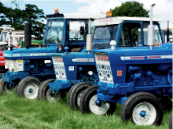 FARM TRACTORS
FARM TRACTORS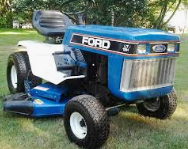 LAWN TRACTORS
LAWN TRACTORS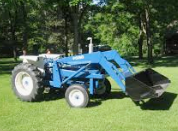 LOADERS
LOADERS PROBLEMS
PROBLEMS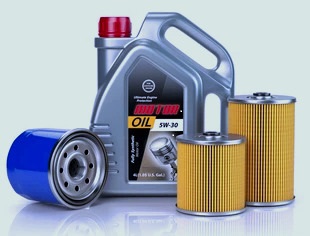 MAINTENANCE
MAINTENANCE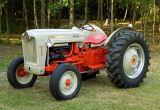 640
640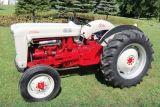 850
850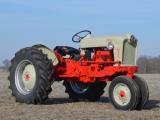 950
950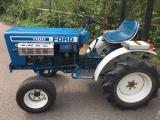 1100
1100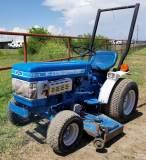 1210
1210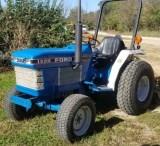 1320
1320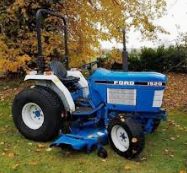 1520
1520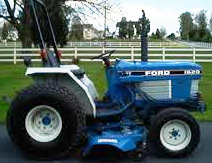 1620
1620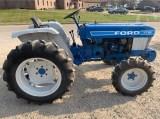 1710
1710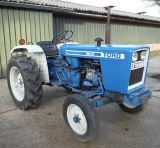 1900
1900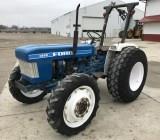 1910
1910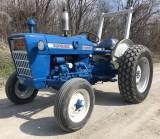 2000
2000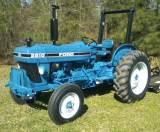 2810
2810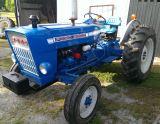 3000
3000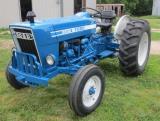 3600
3600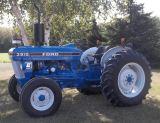 3910
3910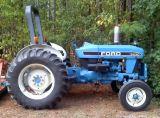 3930
3930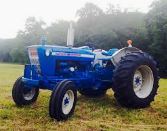 4000
4000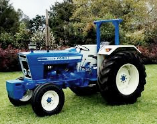 4600
4600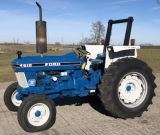 4610
4610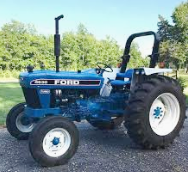 4630
4630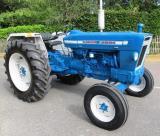 5000
5000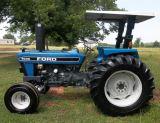 5030
5030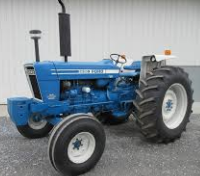 5600
5600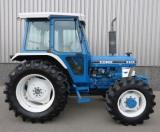 5610
5610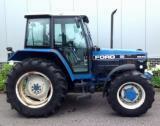 5640
5640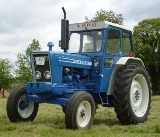 6600
6600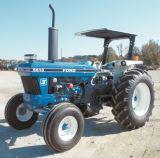 6610
6610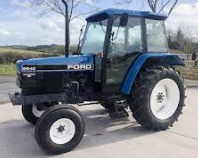 6640
6640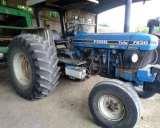 7630
7630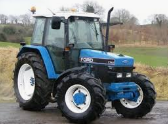 7740
7740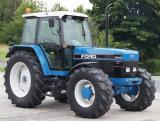 7840
7840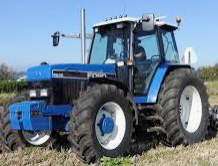 8240
8240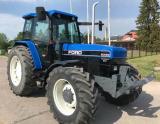 8340
8340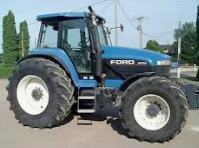 8770
8770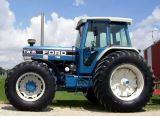 TW-15
TW-15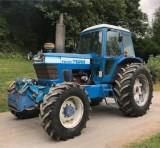 TW-20
TW-20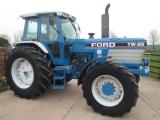 TW-25
TW-25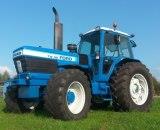 TW-30
TW-30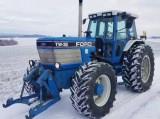 TW-35
TW-35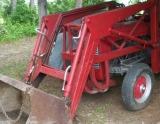 19-97 (703)
19-97 (703)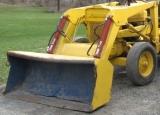 730
730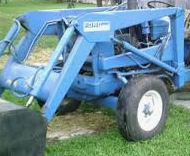 735
735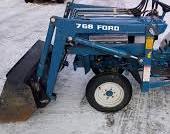 768
768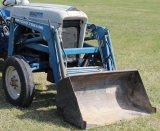 768A
768A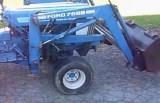 768B
768B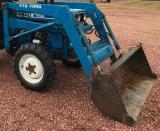 770
770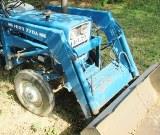 770A
770A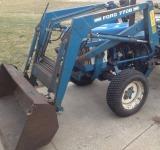 770B
770B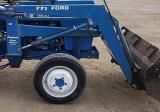 771
771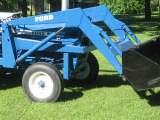 772
772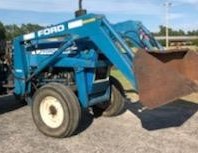 772A
772A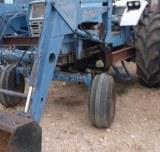 773
773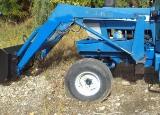 774
774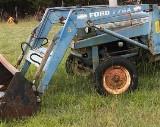 776A
776A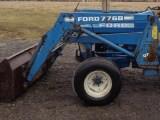 776B
776B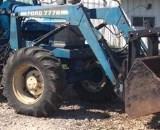 777B
777B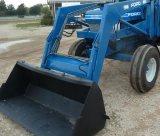 777D
777D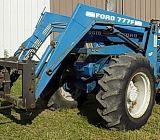 777F
777F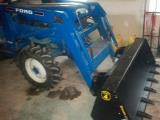 7308
7308